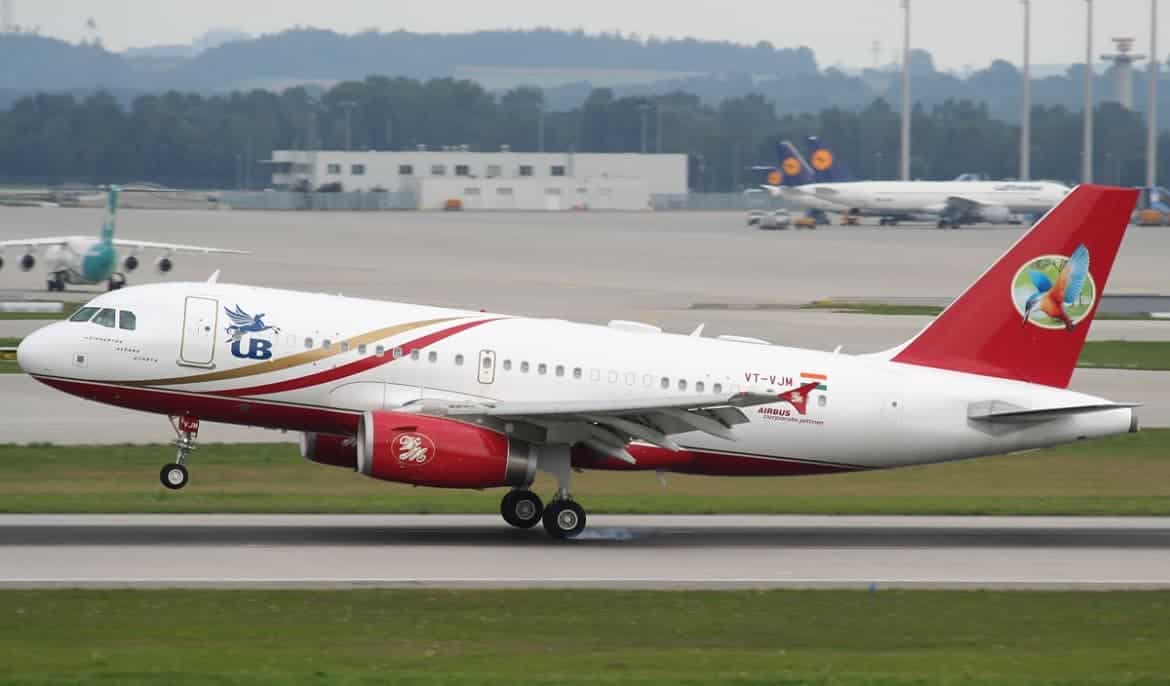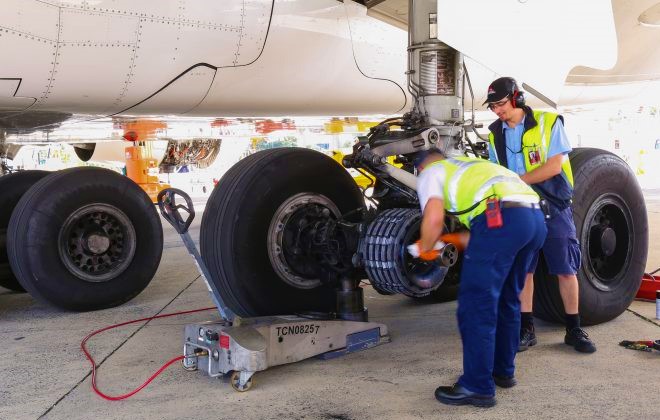


The maximum ground speed at which an aircraft tire has been tested in accordance with the applicable Technical standard orders (TSO) of regulators is called Aircraft Tire Speed Rating.
Aircraft tires go through a wide range of operating conditions, that includes carrying very high loads and rolling at a very high speeds.
Modern Jet aircraft tires carry loads as good as 60,000 pounds with a ground speeds up to 235mph. And to withstand these operational conditions, each tire has specific load and speed ratings.
Generally, Aircraft tires are designed and tested to withstand operation up to these ratings, but should not exceed the set limits.
Most of the aircrafts, on a regular basis, don't see an event exceeding the tire load rating, thanks to the controlled approach towards the aircraft weight and center-of-gravity position.
However, there are instances, the speed rating of tires are seen to be exceeding during takeoff roll .
Note worthy - It is imporatant to understand that Aircraft rotation and lift off speeds are generally expressed in knots (indicated airspeed), the tire speed limit is expressed in miles per hour(MPH).
Most of the operators find this exceedance to be relatively small, may be expressed in few knots. But it is important to understand that, the higher speeds can generate the heat within the tire, which along with the increased centrifugal forces can create a probability of tire tread damage or peel off.
Taking the limitations into consideration and compliance of Airplane Flight Manual ensures operations within the speed ratings, that will prevent possible tread losses and the potential for airplane sub structure damages.
There are various factors that contribute to the tirespeed limit exceedance during takeoff but dispatching an aircraft at or near the tire-speed-limit weight is the key !
► The aircraft rotation rate is slower than the OEM recommended rotation rate, or
► Executing a late rotation, or
► There is a tailwind , that is higher than expected, or
► Occasional Crosswinds shifting into a tailwind.
Its very simple, follow the Updated Manufacturer (OEM) guidelines and Manuals .
► Rotation Rate : Lets take the case of Boeing aircrafts as an example ! To remain under the tire speed - rating, during takeoff, Boeing recommends average all-engine takeoff rotation rate of 2 to 3 degrees per second.
For the aircraft near the tire speed - limit weight, mostly during high ambient temperatures and high elevations, a slower rotation than the recommended ( let's say 2 to 3 degrees per second average) may increase the actual ground speed at lift off beyond the certified tire speed limit.
► Tail wind : There is a need to understand the tail wind and conservative consideration of the tailwind component when dispatching at or near the tire-speed-limit weight in a crosswind situation, will help remain within the tire speed ratings.
► Higher thrust setting : When dispatching aircraft at or near the tire speed limit in gusty wind and strong crosswind conditions, use a higher thrust setting than the minimum required.
Following of the aircraft maintenance manual is must, however general understanding says, the need of an extensive maintenance action is not the case here.
However, the airline or operator will be the best judge to react to the inspection findings for a suitable corrective action before further release of the aircraft.

Sometimes, the tire inspection limits from the maintenance manual can help, but, If the operator finds issues with the integrity of the tires, the wheel assemblies should be replaced.
Overheating signs on the wheel assemblies should also be dealt in accordance with Maintenance manual.
Credentials :
Pictures : Qantas , Embeded , Display Picture - KFA-VJM .
Examples - Boeing Aircrafts.
